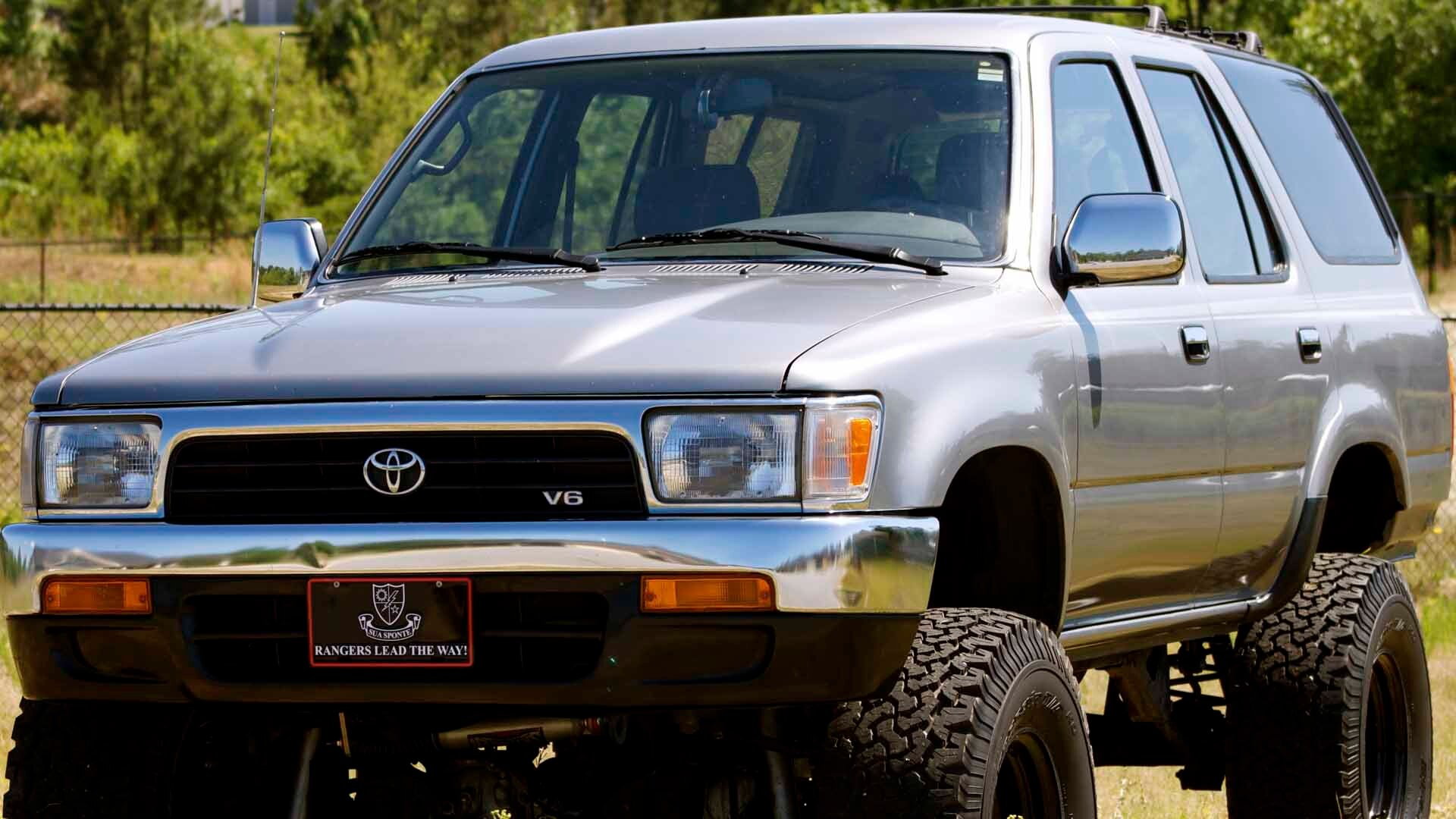

Material: sintered bronze with PTFE layer in a steel housing. Length of Bushing Contact Surface with the CV Journal: approx. There is no history of durability of this part yet. Also, the cage the needles ride in appears to be a different kind of steel than the previous. The outside housing appears to be a chrome steel.Ĭomments: It is curious that there is a new manufacturer and that the needles are actually shorter than the previous needle bearing. Material: the cage is steel similar in appearance to either a chrome steel or stainless and has a seam. Otherwise I still have several purchased in 2011 that have the dark gray steel cages. The outside housing appears to be a chrome steel.Ĭomments: IIRC the one I originally removed had a plastic cage. Material: the cage is a seamless dark gray steel similar in appearance to spring steel. Left to Right: Old Needle Bearing, TSB Needle Bearing, ECGS Bushing I also took some quick measurements and made a few observations: I took some pics of the old needle bearing, the TSB bearing, and the ECGS bushing. TSB's are not safety recalls but rather guidance documents intended to help their technicians identify problems. Other than replacing the entire differential (the official Toyota fix, if you could get them to do it), many including me, have installed the bushing with success.Īfter 10 years of production Toyota has finally issued a TSB. The bushing is physically longer than the factory one and instead of needles consists of sintered bronze with a PTFE (Teflon) layer for the running surface. In late 2011 East Coast Gear Supply (ECGS) in Raleigh NC reported that they had been made aware of the problem and would be working on a solution, and in the spring of 2012 released an aftermarket bushing (identified as T8CS-Bushing) to replace the factory needle bearing. One Tacoma owner on another forum claims their front diff has been replaced three times under warranty. A number of other owners have had their complete differentials replaced under warranty, and out of warranty, only to have the problem return. But this is replacing one bad part with another.
#Toyota tsb mod#
Prior to this time some owners such as 05Moose, the Super Mod for this forum, had tried replacing the needle bearing with another and having some success. Until 2012 owners had no solution offered by a reluctant Toyota other than to replace the entire differential - which is very costly. However, I do not believe I have read of a catastrophic failure related to the factory bearing. Rather many of us believe it is just a poor design as the needle bearing seems "wimpy''. Lifting the vehicle aggravates the side load put on it by the CV shaft, but that does not fully explain what happens with stock trucks. The ball bearing is somewhat robust but the needle bearing on the driver's side is comparatively weak and does not handle side loads very well. On the driver's side the front CV shaft enters the differential directly through a needle bearing however on the passenger side the CV shaft enters through a ball bearing. My stock truck had the issue at very low miles. Owners of lifted trucks seem to be especially afflicted by a bad differential side bearing but there are also reports of stock trucks with the problem. For example, a bad right front wheel bearing may change its noise or have the noise go away as one turns left while driving. Many times, but not always, a faulty wheel bearing will be quieted on the wheel opposite the turn. A bad wheel bearing can often be isolated by driving the truck and turning one way or another. The problem is also not to be confused with bad wheel bearings that can make a similar noise. This thread is not intended to discuss other details of the problem or the replacement procedure, as there are such threads in other forums, but rather to recap the issue, and compare the bearings. This is best checked with the truck on the ground with no load on the drive line (not in gear) and the inboard CV tulip moved up and down. Also a troubling looseness occurs in the CV shaft joint where it enters the front differential on the driver's side. The noise or vibration frequently goes away when 4WD is engaged, but not always.

The typical symptoms are a resonate hum, vibration, or drone coming from that general area while driving in 2WD. Until recently Toyota has ignored the problem and even denied it existence. Turns out it is on some other model Toyotas too. Tacoma 4WDs has a long history of being problematic. The front differential side bearing on 2nd Gen.


 0 kommentar(er)
0 kommentar(er)
